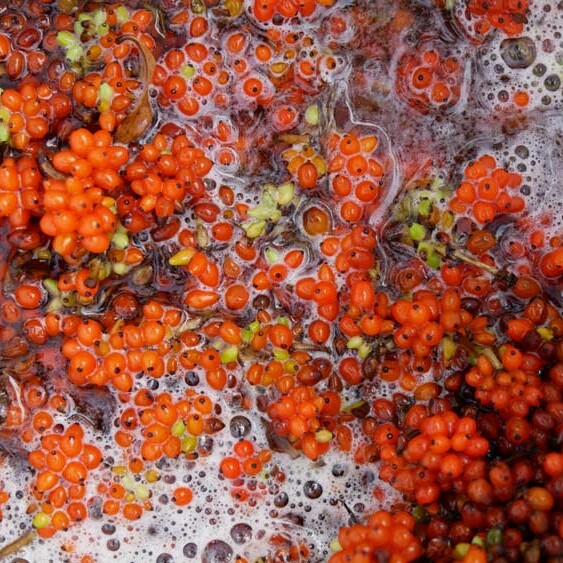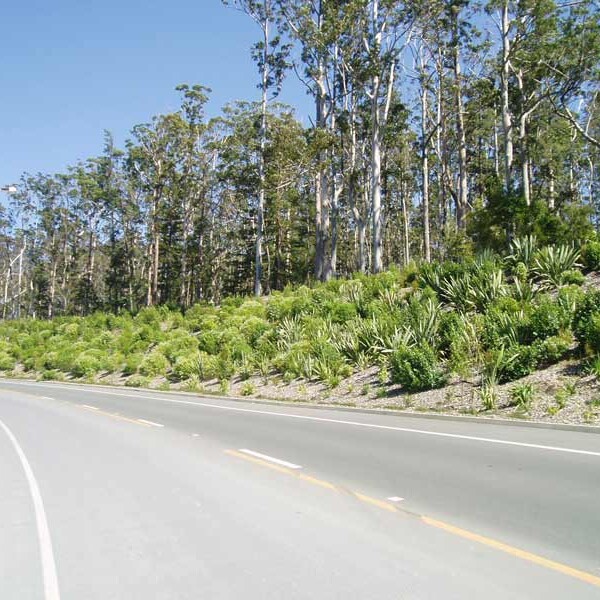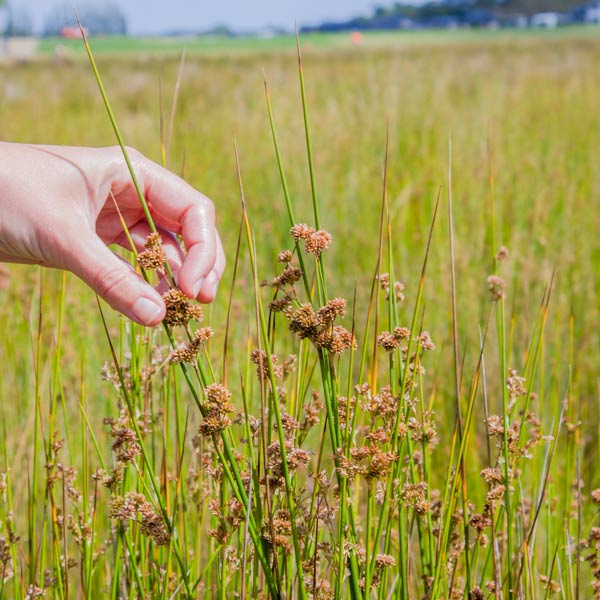CASE STUDY
Greater Wellington Large Scale Ecological Restoration
Greater Wellington
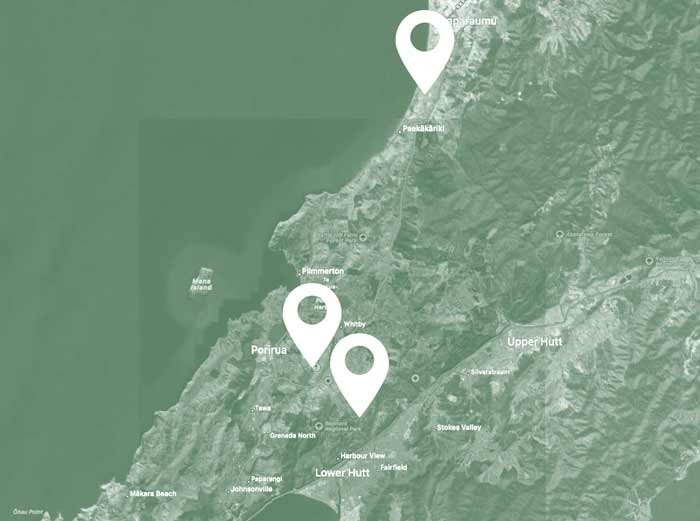
Backstory:
Greater Wellington Regional Council initiated the Recloaking Papatūānuku project in 2022 and Red Tree was engaged on the ecological restoration panel in 2023. The project spans 10 years and aims to restore approximately 1,500 hectares of retired farmland in regional parks to native forest, in line with the Council’s 2030 carbon neutral goal.
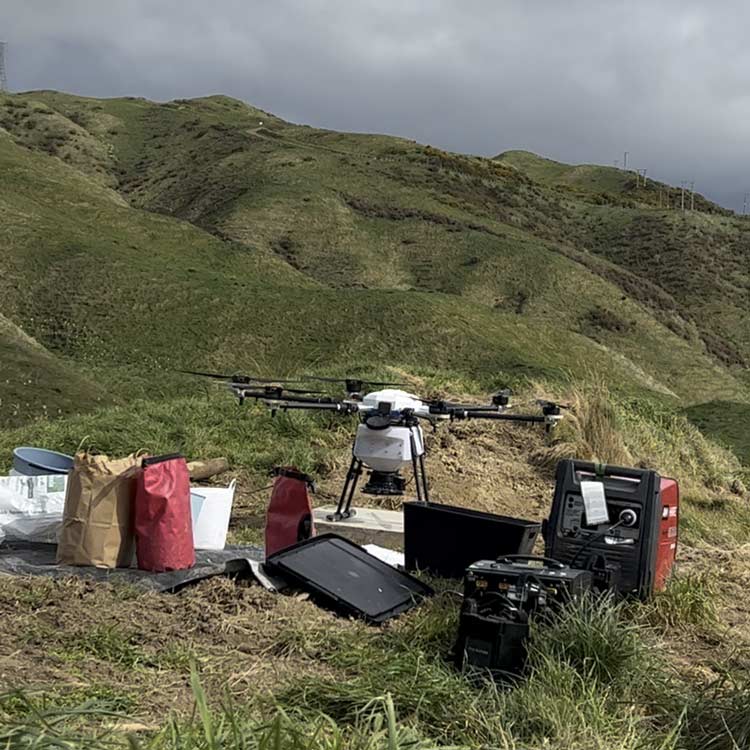
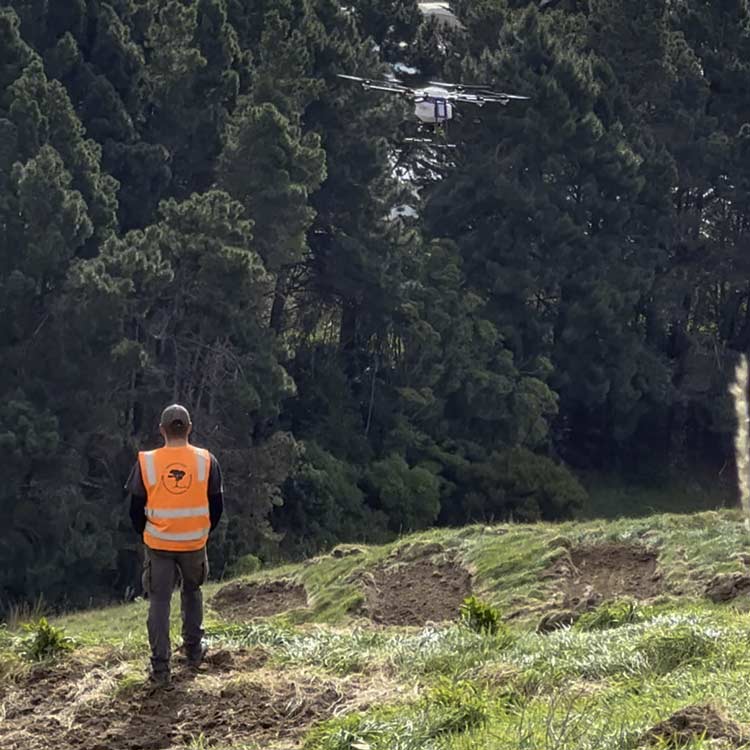
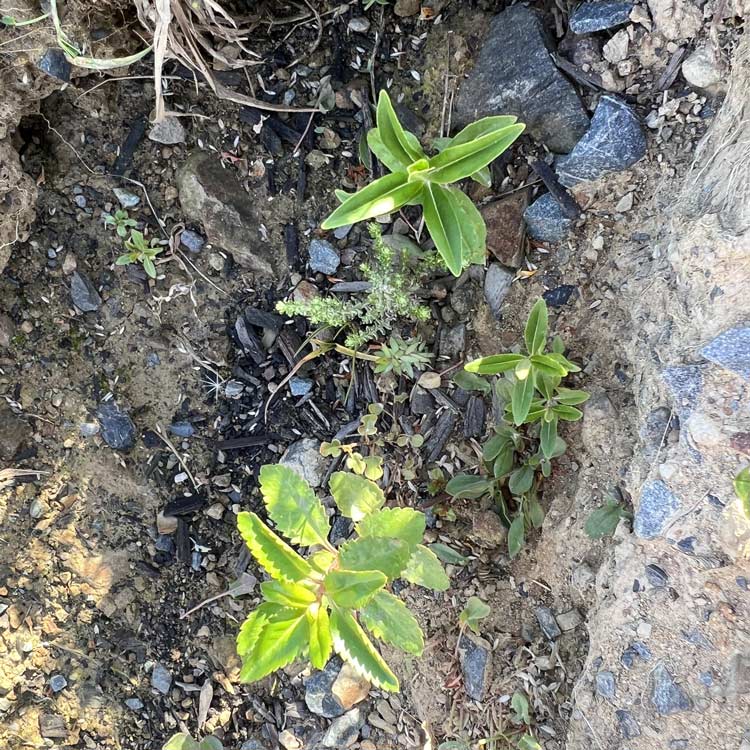
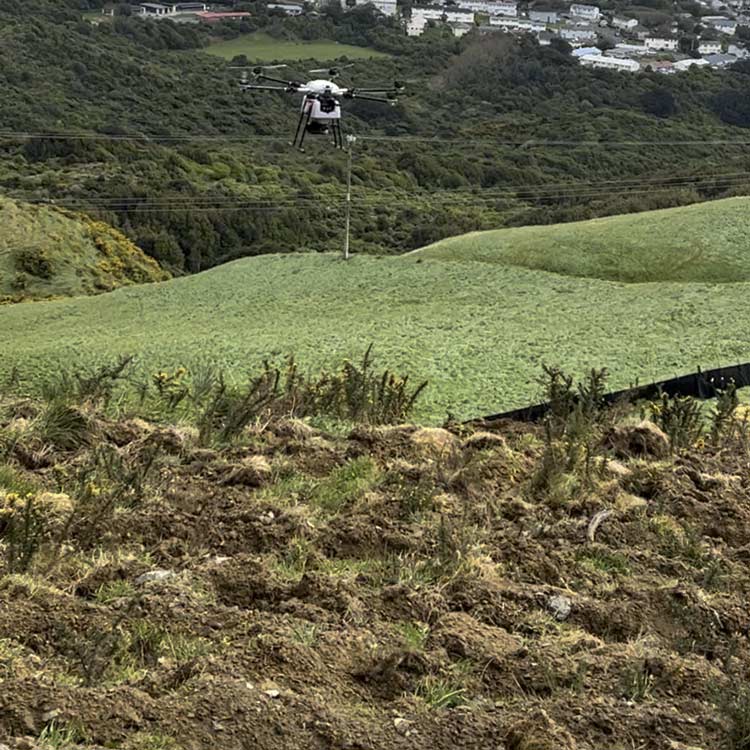
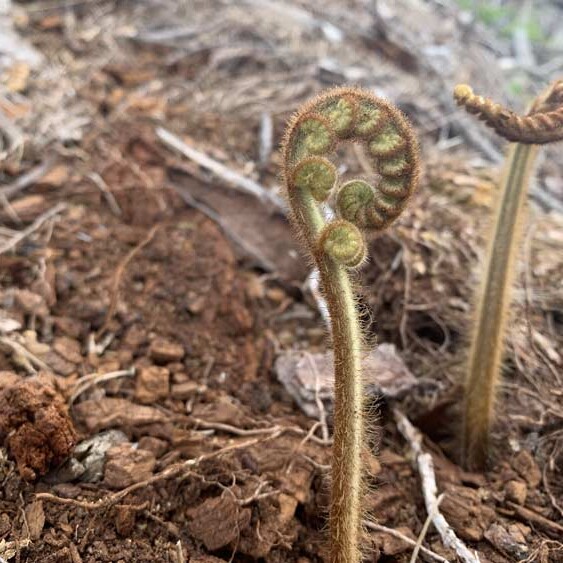
The Challenge:
Given the scope, volume of plants, and resources required to deliver this project, it seemed beyond the capability of a single contractor to deliver. Greater Wellington Regional Council set about to gauge interest from specialists within the ecological restoration industry.
The primary sites are spread across Queen Elizabeth, Belmont, and East Harbour regional parks. Some sites are exposed and, transitioning from retired pasture to natives, results in a period of high fire risk as the grass grows before native canopies are established.
The Solution:
A panel of experienced contractors was established in 2022 to deliver this visionary project.
In that same year, Red Tree conducted nine Enviroblanket® trials across the three regional parks to ascertain the viability of direct seeding in Wellington.
Eco-sourced seed was collected for direct seeding and propagation for traditional revegetation methods.
After being accepted onto the panel, Red Tree traditionally planted 120,000 natives during the winter of 2023.
The direct seeding trials were successful and resulted in Greater Wellington Regional Council scaling up and engaging Red Tree to apply 8.5 hectares of direct seeded Enviroblanket® in the winter 2023.
On one 2.5 hectare site, Waitangirua, Red Tree utilised an innovative eco-divot methodology. This is an approach developed from the Enviroblanket principles of ecological succession and biomimicry.
The method involves blending eco-sourced seed from pioneering native plants with locally sourced compost. Ground disturbance is created by earthmoving equipment and the blended seed mix is dispersed either by drone or by hand.
Following a natural period of winter stratification, seedlings have emerged en masse to colonise the disturbed ground.
Weed management and monitoring of nutrient levels are undertaken to achieve the correct balances during the maintenance phase.
